|
Here we are writing another recap of another amazing trip through Fly Water Travel. Again, the goal here is to provide an unbiased account for anglers who are considering booking the trip of a lifetime and also to provide some tips to get the most out of that trip. The trip consisted of 4 days at Akuani River lodge targeting Peacock Bass, broken up by 2 days in the middle of the trip at Payara Camp on the Rio Orinoco (6 days fishing total). Booking: The trip was hosted by Jon Covich through @flywatertravel. Fly Water handled all of the transactions, reservations and trip documentation. They were great and, as usual, really easy to work with. This was one of their newer trip offerings but they had done their due diligence and made sure everything was dialed in. They send you an itinerary outlining travel info, gear lists, what to expect, etc. This trip was $4200 + $200 in native fees which included two nights hotel in Bogota, transportation between Bogota and the lodge, accommodations, meals and beverages including soft drinks and beer at camp. That did not include the flight to/from Bogota ($800), travel cash (recommended $600-1000) or tips for the lodge staff and guides ($400-600). All in (assuming you have all of your gear), you’re looking at about $6800 for 6 days of premier guided jungle fly fishing. Jon Covich was a great host and I would not hesitate to go on any trip that he is endorsing or hosting. The Travel: The journey to camp was one of the highlights of the trip. I red-eyed, leaving Redmond, OR at 3pm on 2/28 and arriving in Bogota the following day at 11am. I flew RDM – PHX – MIA – BOG. Unless you’re a good sleeper on planes, I suggest avoiding a red eye situation, if possible. A lodge rep picked me up at the airport and transported me to the hotel for the evening. The hotel stay is included in the cost of the trip. There I met the other guests and our host. We all had dinner that night. At 6 the next morning, we boarded a 1.5 hour domestic flight to the town of Inirida. From there, we were picked up in Tuk-Tuks. We stopped at a liquor store, then for lunch and ended up at the “port” in the early afternoon. BUY LIQUOR IN INIRIDA. There is no liquor at camp. The Colombians drink Aguardente which is a liquor that tastes like black licorice. It was awful but if you go to Colombia, you drink as the Colombians drink. From there, we were loaded into a boat with all of our gear for a 5 hour boat ride to camp. We started in the Rio Inirida, then into the Rio Guaviare, then a long stretch North in the Rio Orinoco along the Colombian/Venezuelan border and finally the Rio Vichada which is where camp is located. After about 48 hours of non-stop travel, I was whooped but excited to finally be in the jungle. The Lodge: We stayed at the Akuani River Lodge. The lodge consisted of four guest cabins, each of which had a porch, a room with two full beds, and a small bathroom with sink and shower. Other buildings included a large communal area where we congregated with fish stories, ate meals and made plans for each day. I never felt unsafe or worried about leaving things in my room. The wait staff was great. They were accommodating, friendly and very helpful. Food was better than I thought it would be, considering the remoteness of the jungle. The Chef, Juan, was excellent. It is modest and comfortable accommodations and is by no means, a luxury vacation. The Jungle: You are truly in the middle of nowhere at this lodge. We would occasionally see villages or a sole fisherman in the river but other than that, it was water, sand and the 5’ of bank that you could see before the dense vegetation swallowed everything else up. We saw lots of birds, some giant river otters, a few caiman, 2 monkeys and a ton of fish. I brought a Garmin InReach satellite communicator and was able to reliably send text messages. The Peacock Fishing & Guides: The days would start with breakfast around 6am. Breakfast was usually yogurt, granola, fresh fruit, fresh juice and coffee. We'd gather gear and get ready to depart. The run to the fishing grounds every day was between 15 minutes and an hour. I loved getting to see the jungle this way and sometimes we would traverse up small creeks to get into large backcountry lagoons. Fishing consisted largely of blind casting towards the banks and stripping small/medium streamers. Peacock Bass are angry, strike and fight hard but the fight doesn’t usually last too long. They often get into the air which is always exciting. On average, between the 2 anglers on the boat, we’d typically catch 3-5 fish per hour with 2-3 really good fish per day. My best fish of the trip was around 23 pounds, just smaller than the biggest fish of the trip that my boatmate caught which was 25. The guides were awesome and very helpful. We fished with Alexander and “Agua Dulce” which translates to "Sweet Water". Apparently he loved soda as a child and the nickname stuck. Conversing with them was one of my favorite parts of the trip. They were funny, hardworking and genuinely nice people. I urge you to work on your Spanish before going down there as it will make your trip so much more enjoyable. Beyond being able to understand what my fishing guide was telling me to do (which resulted in more fish), we were able to talk and connect about life, music, women, kids, etc. Days were long and towards the end of the trip, blind casting a stiff, super-fast action 9wt in 100 degrees with 100% humidity became a bit of a chore. Pace yourself and take time to enjoy the jungle and the people around you. Las Burbujas: Know this word. It means bubbles. Apparently, mommy Peacock Bass create bubble nets (similar to the way whales do) to teach their young how to hunt. If you interrupt the lesson by landing a fly in or near the bubble net, mom will get very upset and devour your fly. We caught several very large peacocks this way. Always be on the lookout for suspicious looking bubbles. The Payara Camp, Fishing & Guides: After 2 days of Peacock Fishing, the guides loaded up all the guests in the transport boat and took us to Payara Camp on the Rio Orinoco. I remember feeling small as we entered the mile wide river with its enormous white water and planet sized black boulders. We arrived at camp which was comprised of wall tents, a bath tent with running water and toilets and a mess tent. My guide at Payara Camp was a gentleman named Angelito. This man made a lasting impression on me that I will hold onto for the rest of my life. He was the kindest, purest hearted and hardest working guide I have ever fished with. We talked and laughed about our lives back home and I sincerely enjoyed his demeanor and company for those 2 short days. Fishing was slow to start and Angelito tried many different techniques and moved us around a lot until we got into Payara. Once we figured out the technique, it was insane. I hooked maybe 20 Payara and landed around 5 with my largest one weighing roughly 20 pounds. They have bony jaws that are not very receptive to a hook set. Once you do get that hook set just right, they offer a wild fight. Very strong, very fast and not afraid to leave the water for the air. Armando Giraldo from Orinoco flies is a Payara pro and sells the best flies at www.orinocoflies.com. The "Love Bug": I have a tradition with my wife where whenever I go on a big fishing trip, she will tie a fly for me (with some assistance) and I make it a point to catch a fish on the "Love Bug". This time is was a beautiful little peacock bass colored Clouser Minnow. It caught a single Piranha and was promptly torn to shreds. The piranha was fried for dinner that night. The Gear: Turns out, there are no fly shops in the jungles of Colombia. If you don’t bring something or you bring it and break it, you’re shit out of luck. Fly Water suggests you take an 8/9wt and 10-12 weight rod setup and a backup for each of those rods (3-4 rods total). I ended up taking an 8, a 9 and two 10 weights and didn’t have any issues. I also brought several back up fly lines but didn’t end up using any of them. The star of the trip was my Sage Igniter 990. It’s a stiff, super-fast action rod but it would launch flies and fly line like nobody’s business. It was a pleasure to cast. Fly Water provides a comprehensive packing list that covers rods, reels, lines, flies, clothes and other things for camp. I always overpack leaders, line, tools and flies. I’d rather have them and not need them over needing them and not having them. Overpacking (not grossly), also sets you up to be able to gift things to your guides like tools, fly lines, tippet/leaders, flies, etc. The Sun & The Bugs: 90-100 degrees every day with 100% humidity. The mornings through midday were very hot but we were fortunate to have rain storms every afternoon which brought the temperature way down and knocked the bugs down as well. BRING A BUFF. I hate Buff's, especially with my beard but I wore one every day. Buy the legit mineral/Zinc sunscreen and use it several times per day. My personal favorite is SPF 50 Zinc Oxide from Sun Bum. Cover yourself head to toe – to hide from the sun but also to protect yourself from the bugs. They have “no-see-ums” (small flies) that will bite you, draw a little blood and be on their way. The real irritation doesn’t start until a few hours later when they start to itch worse than anything you’ve ever experienced. I soaked all of my clothes in permethrin before the trip but that didn’t seem to help much. The only way to truly protect yourself is to cover up. I ended up getting really swollen due to a combination of bad sun rash and tons of bug bites. It was an itchy, swollen and drowsy few weeks (due to all the Benadryl) but after that, I was all good. The Language Barrier: It was advertised that our guides spoke some broken English. That was not my experience. None of the guides that I fished with spoke a word of English. Some of the other guests were frustrated by this but I loved it. Travelling into the jungles of South America and then being upset that the locals don't speak English is a funny concept to me. Being able to converse with my guides and the camp staff was one of my favorite parts of the trip. I urge you to beef up your Spanish before going on a trip like this. You will catch more fish and you will be able to connect with the wonderful people of Colombia. At the very least, familiarize yourself with this list of general fishing terms: Mas = More Menos = Less Grande = Big Pequeno = Small Rapido = Fast Despacio = Slow Largo = Long Corto = Short Bueno = Good Mal = Bad Profundo = Deep Burbujas = Bubbles Pez/Pescado = Fish Mosca = Fly Cambiar mi Mosca = Change my fly Anzuelo = Hook Linea = Line Cana = Rod Carrete = Reel Como te llamas = What’s your name? Tengo hambre = I'm hungry Tengo sed = I'm thirsty Tengo calor = I'm hot Cerveza = Beer Colombian Libations & Bogota: We spent a couple days in Bogota after we got back from the jungle. Lesson learned - do this on the front end of your trip because you will be too tired to really appreciate what you're doing/seeing. We visited the Museo del Oro (Museum of Gold) which was really interesting. The gold art was incredible but the cultural significance of gold was what really interested me. We also took the aerial tramway up to Monserrate which offered a great view of the city. There are 2 beverages there that you must try - First is limonada de coco (coconut limeade). It is the most refreshing drink I have ever had. A little tartness from the lime paired with some sweetness from the coconut, served as a "slush" in the hot Colombian sun. I got one with just about every meal. Second is Cafe con leche, simply coffee with milk. The difference here (other than legit Colombian coffee) is that they scald the milk which gives it a sweetness and velvety smoothness. I have been searching for both of these beverages stateside without much luck. Guess I have to go back to Colombia. Conclusion: GO TO COLOMBIA. Colombia offers a unique, budget friendly opportunity to target the jungle species that us regular folk only see at the annual fly fishing film tours. It is definitely a trip that every fly fisherman or woman should do at least once in their fly fishing career. LEARN SPANISH. I had a great time and would love to go again, however there are a lot of other trips on my bucket list so it may be some time before I get back there. The trip absolutely ignited my love and intrigue for Central and South America. I cannot wait to get back to the culture, the people and the wild. Oh, and the fish.
Some final thoughts:
It's a great jungle trip for fly fishermen of all skill levels. Casts were generally short, blind and there was very little wind. You will not regret spending money on this trip. Let me know if you have any questions in the comments!
0 Comments
Leave a Reply. |
Oregon OutfittersDetails on events, hunts, shoots, guided trips and reports. Archives
March 2024
Categories |



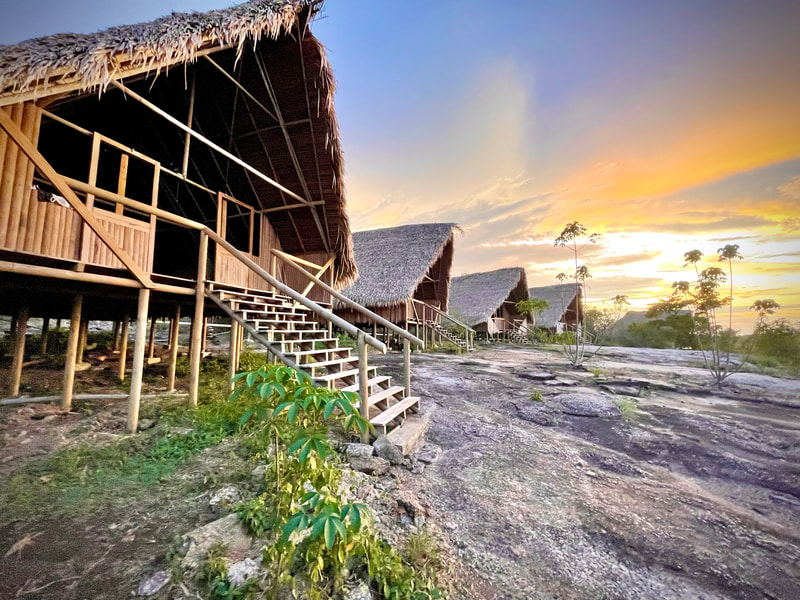
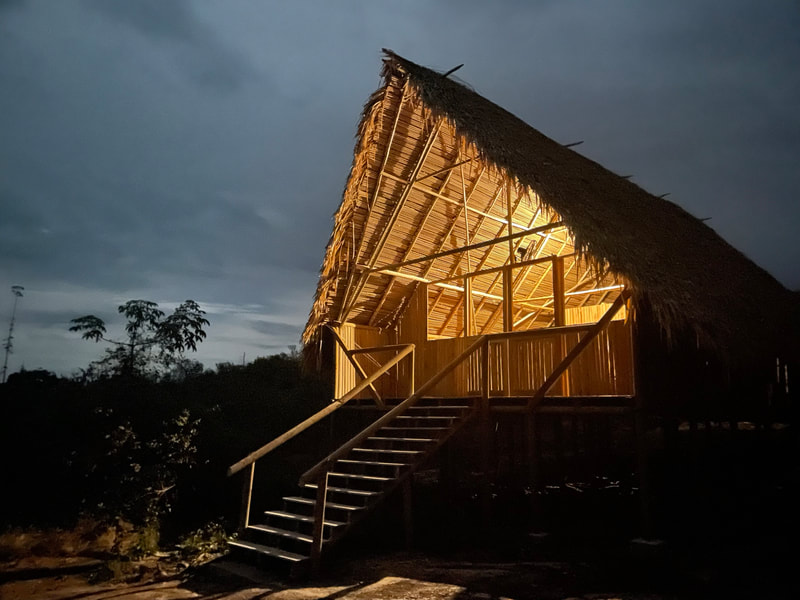
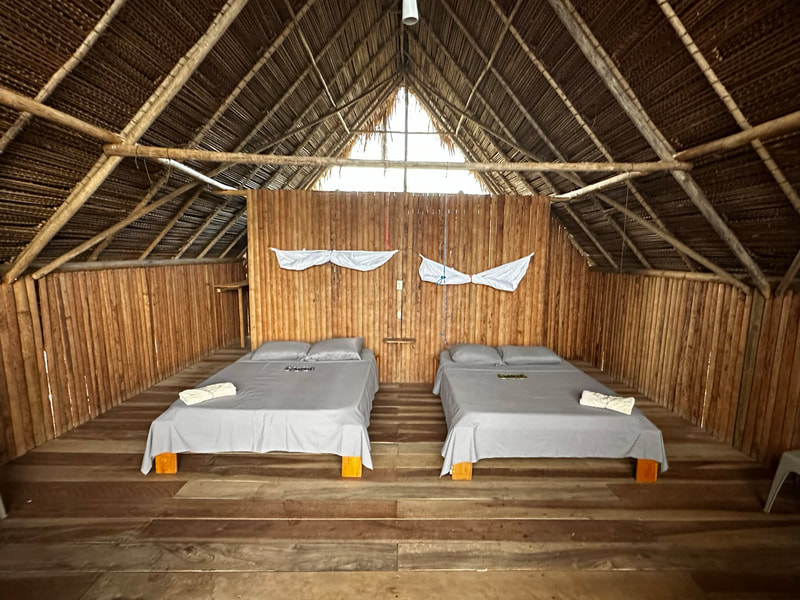



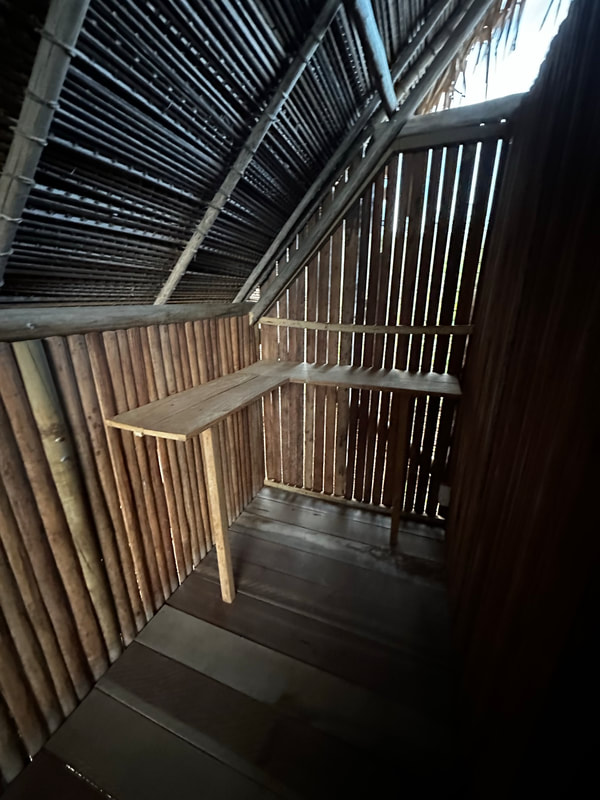






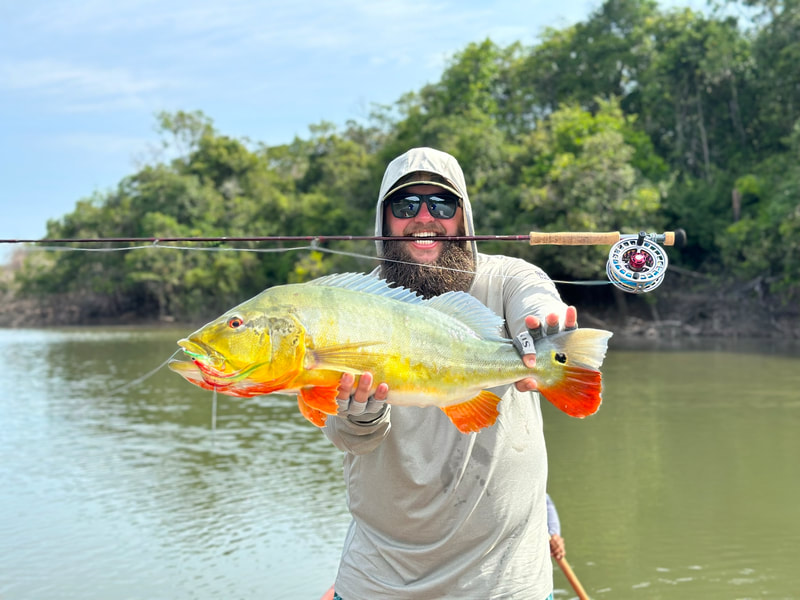


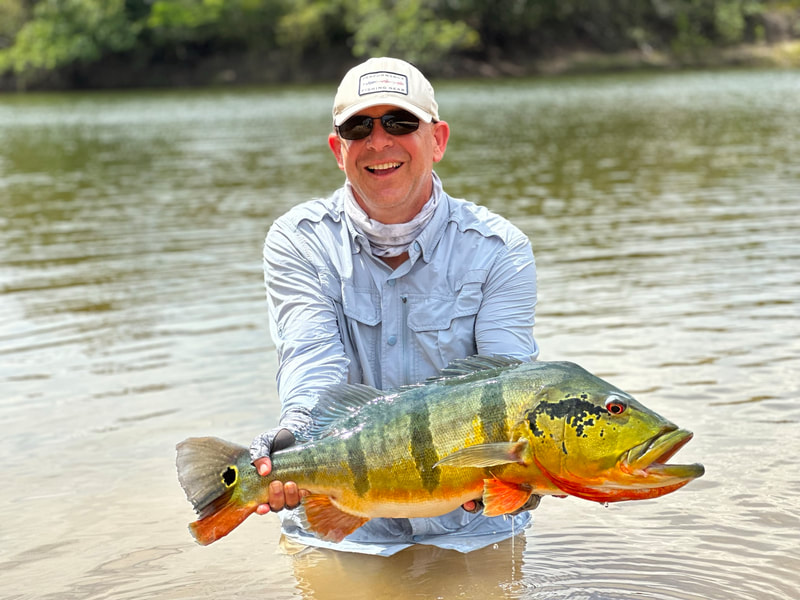


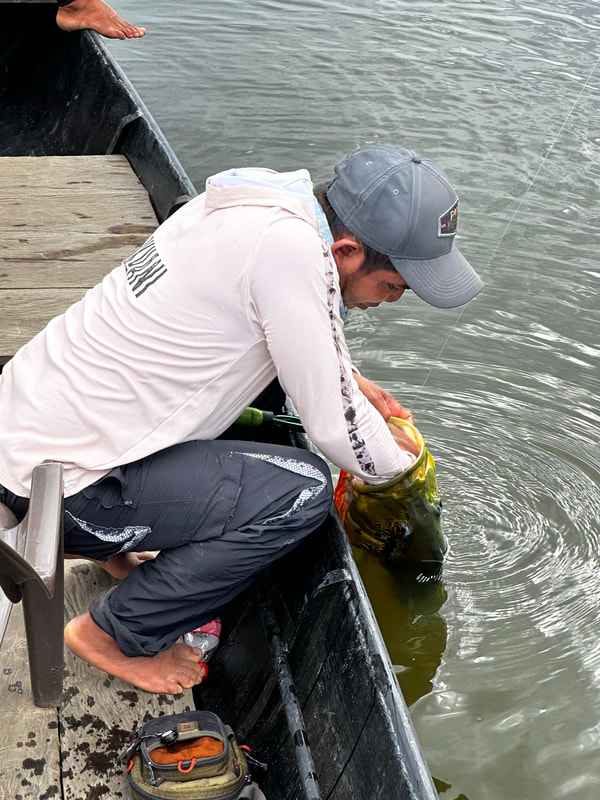

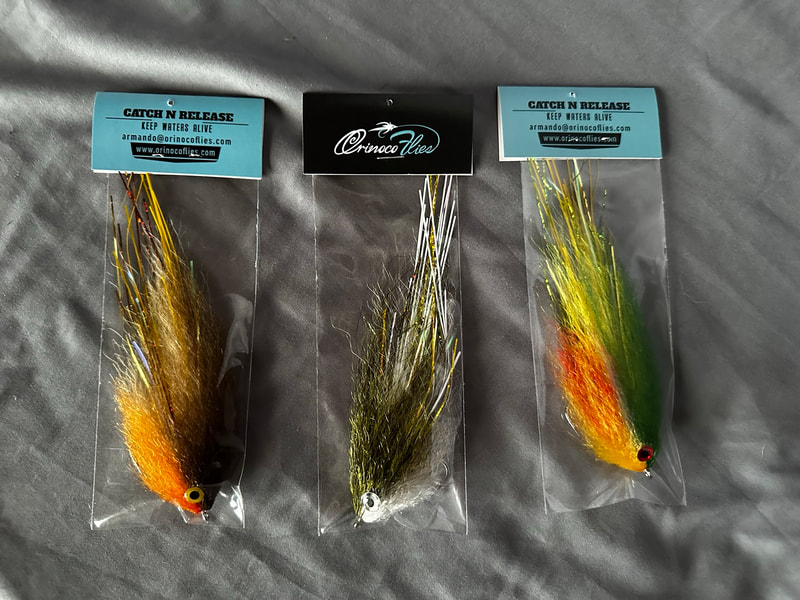


















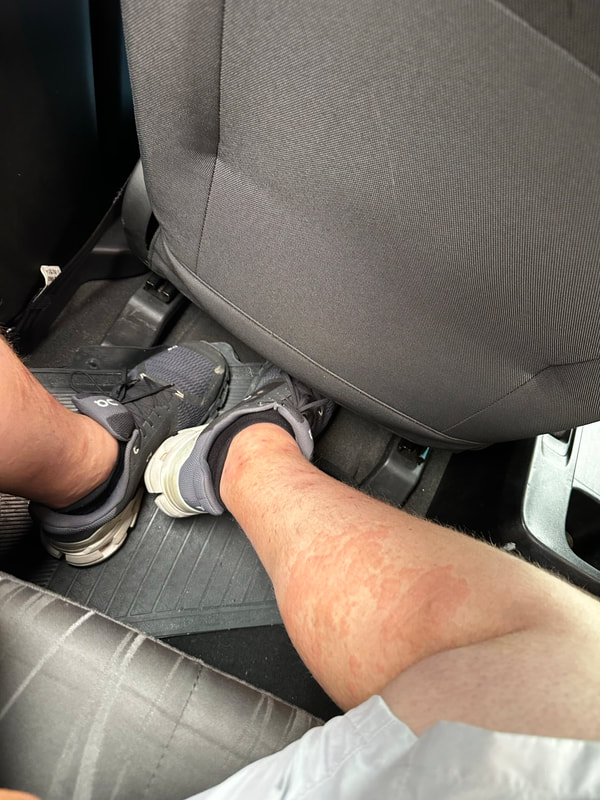

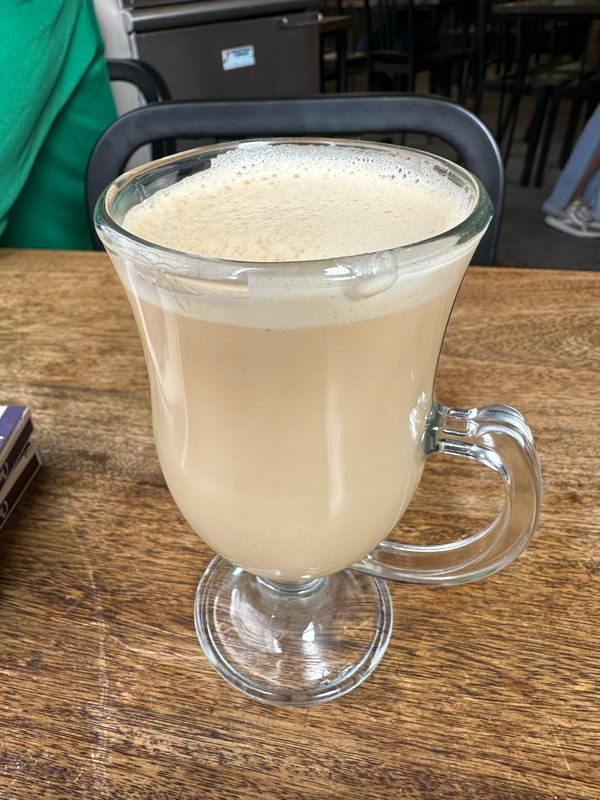


 RSS Feed
RSS Feed